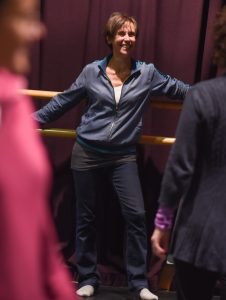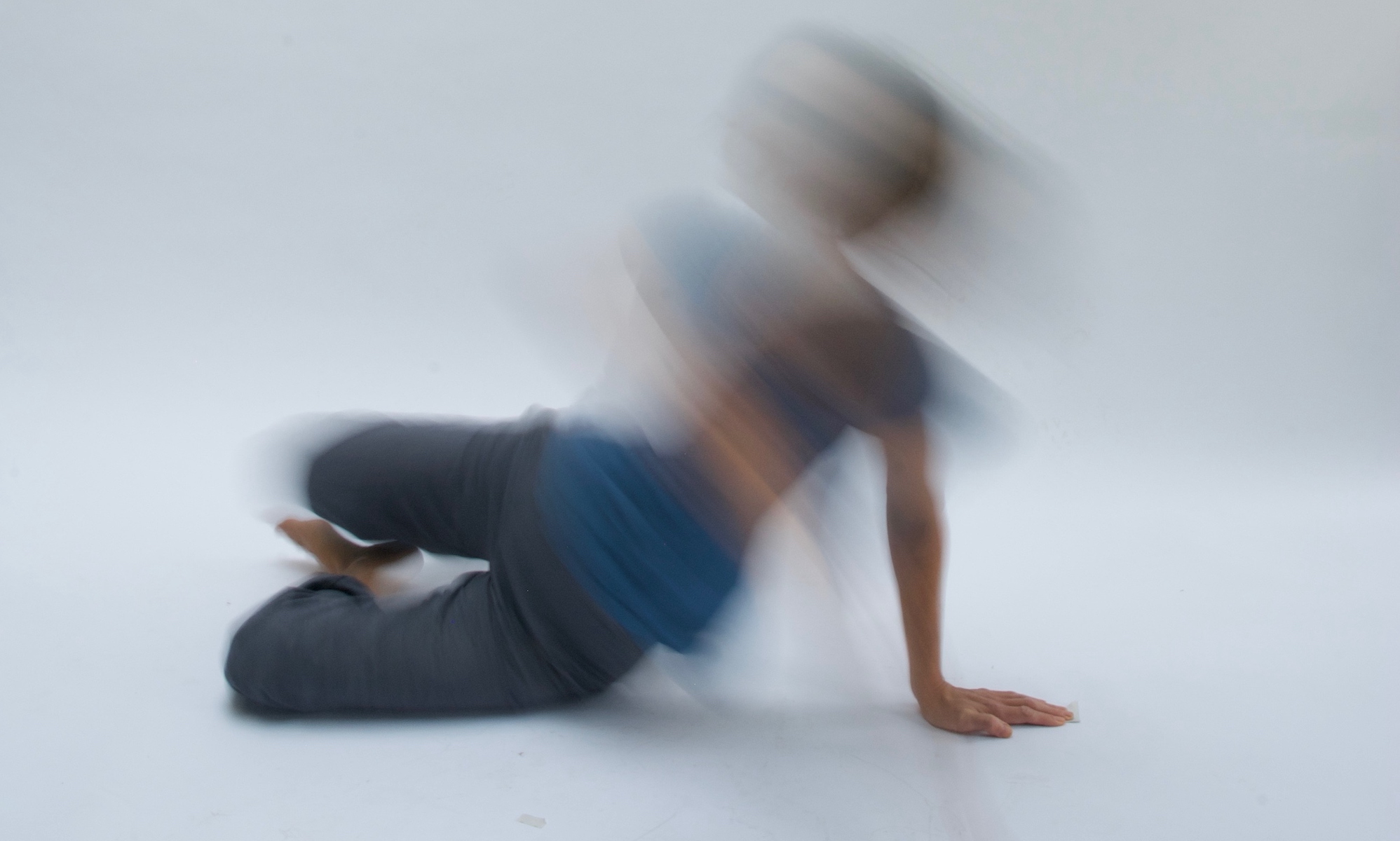 I first found out about the Feldenkrais Method when I was 17 on a drama training in Paris. The movement teacher, Monika Pagneux, had known Moshe Feldenkrais himself and her teaching was extremely closely related. I had been a fairly sporty kid but I will never forget the experience. It was like being plugged in: I could really feel what I was doing for what seemed like the first time. And I discovered the pleasure in moving and doing the simplest things – just for its own sake. Every lesson felt like a little piece of magic.
I first found out about the Feldenkrais Method when I was 17 on a drama training in Paris. The movement teacher, Monika Pagneux, had known Moshe Feldenkrais himself and her teaching was extremely closely related. I had been a fairly sporty kid but I will never forget the experience. It was like being plugged in: I could really feel what I was doing for what seemed like the first time. And I discovered the pleasure in moving and doing the simplest things – just for its own sake. Every lesson felt like a little piece of magic.
I stayed in touch with the method on and off from then on and while I had long gaps away from it, the sense of it never entirely left me. It just seemed to inform everything I did.
After my actor training and university (oxford) I spent twenty years being an actor in everything from traditional and classical plays to cutting-edge performance and physical theatre (with a smattering of film and TV too) and especially in that place where speaking and moving meet. I also ran theatre companies (Tattycoram and then Jade) in order to make the shows and work with some of the people I really wanted to and worked occasionally as a movement director. And I spent quite a while sorting out a few things in my life and getting to understand something of the relationship between movement and the self: the physiology of emotion.
Time went on: I married, got pregnant and found myself more and more drawn to the Feldenkrais training that began in Lewes in 2003. Partly it was because I had spent quite a few years too busy to be much involved with Feldenkrais and in that time I had damaged my knee. It had been sorted out medically (key-hole surgery) but I could tell I had lost some of my movement possibilities along with a chunk of meniscus and knew I really needed to get back to Feldenkrais – but at a deeper level. I also increasingly felt I needed more of it as a tool for the movement work I was doing with other actors in the theatre.
What I discovered coming back to the method and really immersing myself in it was so much more than I had imagined. I had no idea how much movement I had been losing ‘around the edges’ until it started coming back. I had no idea I wasn’t standing on my right leg much or using it, that I couldn’t really run or even get up and down from the floor as easily as I once could. I had begun to accept myself as someone ‘with a bad knee’. It all came flooding back. My knee recovered fully along with a pretty total shift in how I could feel and move. I remember spending hours jumping about with my two year old on the grass after a day of training – just because it felt so good. And now in my mid 50s, I have spent over 10 years running in minimal shoes or barefoot and still train in karate (I’m a 2nd dan black belt in traditional Okinawan Goju Ryu karate training with the EGKA part of the IOGKF).
As an ex-actor I taught feldenkrais in drama schools for 10 years. Now I work more with professional actors individually, and also in workshops with John Wright and ‘Shapes in Motion’. I have written a book: ‘Feldenkrais for Actors’, published by Nick Hern Books in Nov 2016, and a chapter on the relationship of Feldenkrais, Polyvagal Theory and acting called ‘A Sense of Safety” in Robert Sholl’s ‘The Feldenkrais Method in Creative Practice” published by Bloomsbury Feb 2021.
However, I also found very early on that the method opened up a much wider and very interesting world to explore and engage in too that brought together many of my life’s interests and experiences. My wide ranging practice is 16 years old now, and I became an Assistant Trainer (helping train Feldenkrais Practitioners) in March 2021.
Some of the people I have been working in individual sessions or classes are:
- People with back /knee/hip/ankle pain (chronic or injury related) etc that interferes with their work, sport, yoga, or life
- Musicians, singers, actors, Movement Directors, dancers wanting explore and improve their skills or get out of difficulties that are getting in the way
- Runners, trainers, sports people of all kinds and martial artists for the same reasons or post injury
- Mums dealing with everything bearing children and motherhood brings.
- Children (and grown ups) who are part of our neurologically diverse world.
- People living with conditions such as ME, arthritis, fibromyalgia, insomnia, migraine, RSI, post-stroke
- People experiencing the somatic aspects of emotional issues
- and above all, many people who just want a better quality of life
I am always open to new challenges. I am always interested.
Want to hear what I’m up to? Join my mailing list
